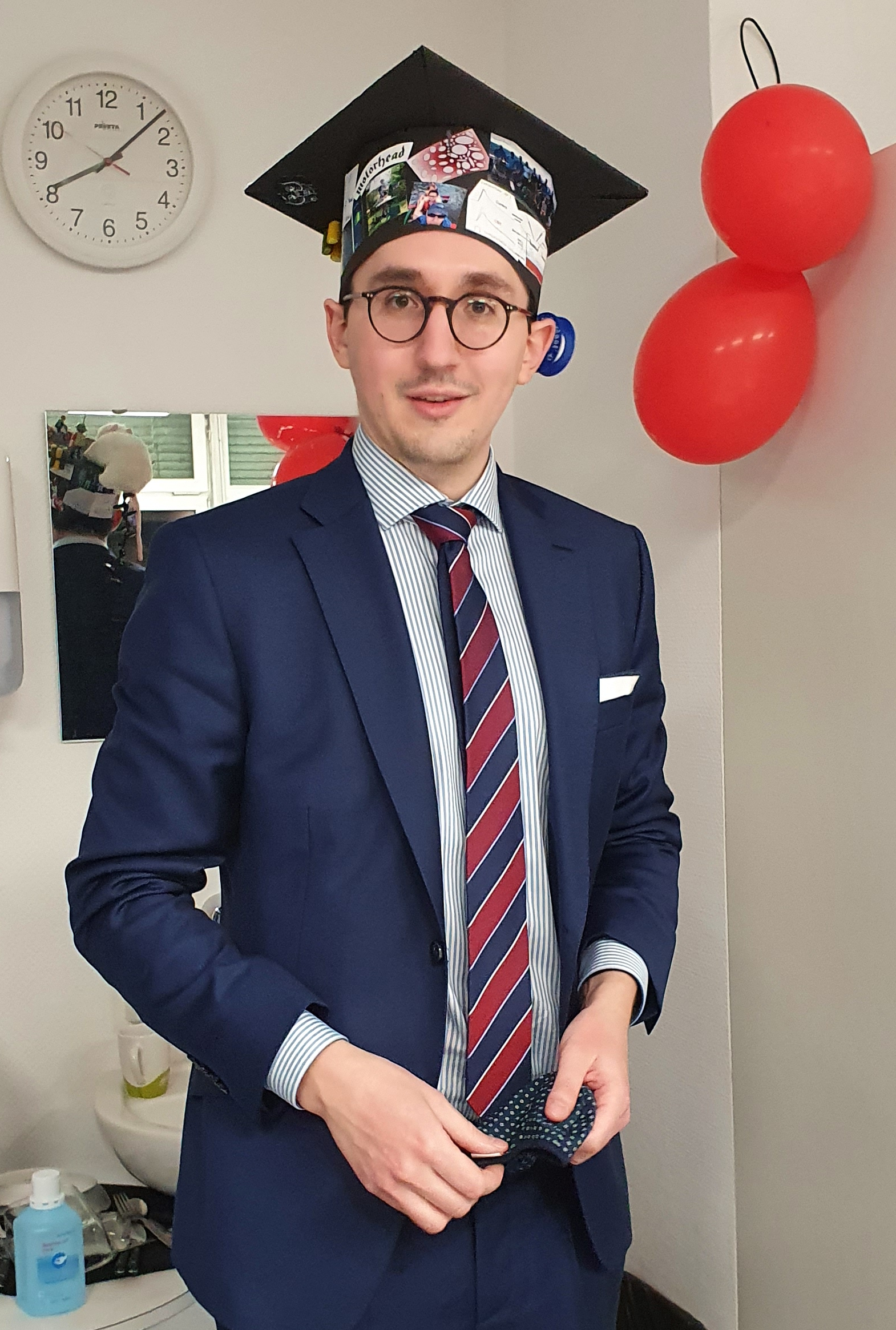A neuroscience PhD studentship is available in our lab. The position is part of a larger effort to understand how the plasticity of excitatory synapses is controlled by co-agonists of the N-methyl-D-aspartate receptor (NMDARs). We explore how neurons and non-neuronal cells shape synaptic plasticity, and in turn learning, by supplying the NMDAR co-agonists D-serine and glycine. We do so using newly designed optical indicators for D-serine and glycine. Specifically, we plan to optimize the current generation of optical indicators to study D-serine and glycine signaling in the rodent hippocampus. This will be achieved by using state-of-the-art optical and electrophysiological methods such as intensity and lifetime based multiphoton fluorescence microscopy of genetically encoded and organic indicators.
Please see job advertisement for further details and how to apply. The application deadline is the 3rd of March 2024.
The project is building on the following two papers from our lab (among others):
- K. Bohmbach, N. Masala, E.M. Schönhense, K. Hill, A.N. Haubrich, A. Zimmer, T. Opitz, H. Beck, C. Henneberger (2022) An astrocytic signaling loop for frequency-dependent control of dendritic integration and spatial learning. Nat. Commun. 13(1):7932. (link, open access)
- Zhang WH, Herde MK, Mitchell JA, Whitfield JH, Wulff AB, Vongsouthi V, Sanchez-Romero I, Gulakova PE, Minge D, Breithausen B, Schoch S, Janovjak H, Jackson CJ, Henneberger C (2018) Monitoring hippocampal glycine with the computationally designed optical sensor GlyFS. Nat. Chem. Biol. 14(9):861-869. (link)



 November 2020 marks the official start of The European University
November 2020 marks the official start of The European University